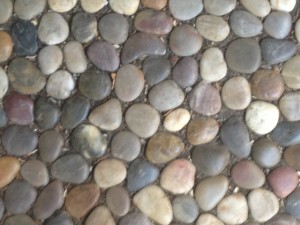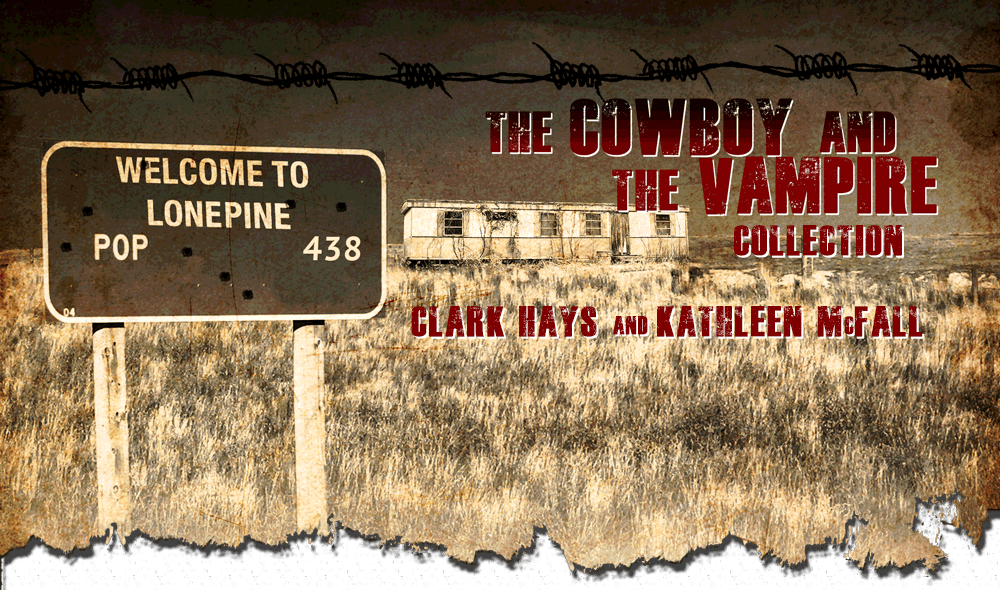Home > Soapbox > A stratigraphic life, the anarchy of #now
A stratigraphic life, the anarchy of #now
 I collect rocks. Size is irrelevant. I love medium-sized metamorphics as much as barely-there agates and volcanic bombs. Collection criterion is three-fold: an ability to represent provenance geologically, strength (as in an absence of friability; they can’t crumble in my pocket or backpack), and distinctive looks (a little crystal pop, a ruggedly weathered surface, a sharp volcanic edge; all these things attract my eye).
I collect rocks. Size is irrelevant. I love medium-sized metamorphics as much as barely-there agates and volcanic bombs. Collection criterion is three-fold: an ability to represent provenance geologically, strength (as in an absence of friability; they can’t crumble in my pocket or backpack), and distinctive looks (a little crystal pop, a ruggedly weathered surface, a sharp volcanic edge; all these things attract my eye).
These are attributes I’ve typically looked for in men, too. Clark has all three. He’s a very rare find.
I find them (rocks, not men; at least not anymore) during travels; they reflect as much a tendency toward souvenir collection as geologic passion. Some people pile up snow-cones or refrigerator magnets, I gather pockets full of pebbles.
I started my rock quirk as a kid; back then, I sorted, catalogued and labeled obsessively, storing my quarry in the endless supply of used-up egg carton soon-to-be rock zoos (this was pre-recycling) Mom gave me for the purpose. She wanted me to be a scientist. Any glimmer that her hopeless teenager with crazy, frizzed-out hair might have an interest other than drugs was frantically encouraged. That was a norm for parental concerns in the 1980s, right?
Eventually, to Mom’s credit, I did study geology but got bored with it like I have pretty much everything else I’ve approached in my adult life. I chalk that up to the effects of adolescent drug use. (Sorry Mom). I’m not sure if its true but, it’s an easy explanation.
But then, fuck it all, my mom died and someone threw out my rock cartons from her basement before I could save them.
I kept collecting, not obsessively anymore, and no longer in egg cartons. Thirty years on now, looking back I can see that rock collecting is the only consistent thread of my life, other than writing and drawing oddly intricate doodles. My lifelong fidelity is to rocks.
This year, I noticed an embarrassing dust layer covering our lazy collection of rocks-inside-vases-decoratively-placed-in-our-Portland-townhouse.
Time to set the pebble pile free? Sure, what the hell. Release the rocks. Try something new. Get unbored.
I spread hundreds of them across our postage stamp-sized lawn, creating an evenly-distributed layer, like bumpy butter cake frosting. My rocks had traveled far, from geologic plays across the world – Icelandic infant basalt, shiny eastern Oregon sunstones, middle-aged Appalachian granites. After all those miles, they finally had a new earth home. It was beautiful. I admired it every day coming in and out, picked up one or two whenever I left or came back, twirling the stones, remembering where each had come from and, usually, the associated fun adventure.
And then, dammit, this tidy rock layer got completely overturned by the men building the new fence. They plowed and trampled the collection under, along with the ferns.
I was surprised I was not more upset. Maybe the egg-carton loss hardened me. Whatever. There will be more rocks, of course, but rather than mourning their loss, I am fascinated by the result: the Anthropocene stratigraphic layer is constructing itself right before my eyes!
A million years from now, what will a geologist make of the buried layer of mineralogically-unconnected rocks in my tiny corner of Portland, Oregon? Portland probably won’t be here, replaced by a vast climate change-induced desert sprinkled with cat and raccoon fossils, both of which will be long extinct. Maybe humans too, so perhaps it will be a cyborg geologist.
But wait, there’s more. I’m not unique. I bet there’s thousands, no millions, of similar rock layers existing due to human influence, rather than geologic. People sprinkling, tossing, layering, piling rocks without any geologic logic.
Chaos for our future geologist friend. My truth? Hindsight will judge the Anthropocene as an elegant geologic anarchy. A perfect – and comforting – metaphor for the future of our #now.
